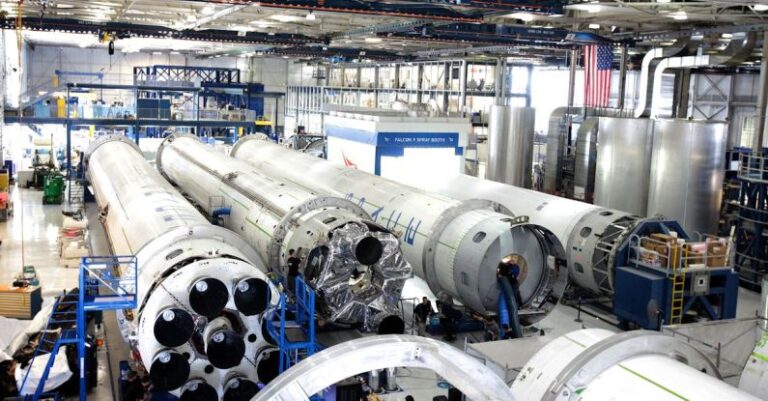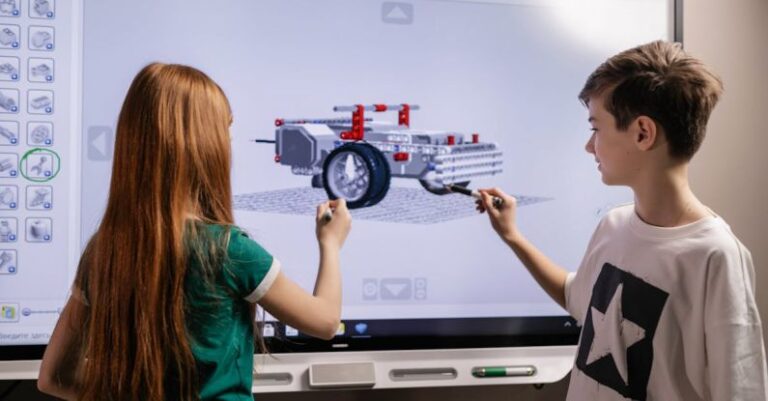
The rapid advancement of technology in recent years has brought about the convergence of the Internet of Things (IoT) and robotics, paving the way for innovative and transformative changes in various industries. As the IoT continues to proliferate, its integration with robotics is revolutionizing the capabilities and functionalities of robots across different applications. This article delves into how the Internet of Things is reshaping the landscape of robotics and propelling us into a future where intelligent, connected robots play an increasingly significant role.
**Enhanced Connectivity and Communication**
One of the primary ways in which the Internet of Things is shaping future robotics is through enhanced connectivity and communication. By leveraging IoT technologies, robots are now able to communicate with each other and with other devices in real-time, facilitating seamless collaboration and coordination in complex environments. This interconnectedness enables robots to share valuable data and insights, leading to improved decision-making and operational efficiency.
**Data-driven Decision Making**
The integration of IoT capabilities into robotics has empowered robots with the ability to collect, analyze, and act upon vast amounts of data in real-time. By harnessing IoT sensors and devices, robots can gather data from their surroundings, process it instantaneously, and make informed decisions autonomously. This data-driven approach enhances the adaptability and responsiveness of robots, enabling them to navigate dynamic environments with precision and efficiency.
**Predictive Maintenance and Remote Monitoring**
IoT-enabled robotics have revolutionized the way maintenance and monitoring are conducted in various industries. By utilizing IoT sensors and predictive analytics, robots can now proactively detect potential issues and anomalies in their systems, allowing for predictive maintenance to prevent costly breakdowns and downtime. Additionally, remote monitoring capabilities facilitated by the IoT enable operators to oversee robot performance and status from anywhere in the world, enhancing operational control and efficiency.
**Improved Human-Robot Interaction**
The integration of the Internet of Things in robotics has also led to significant advancements in human-robot interaction. By incorporating IoT technologies such as natural language processing and gesture recognition, robots can now interact with humans in more intuitive and seamless ways. This enhanced interaction capability not only improves the user experience but also opens up new possibilities for robots to collaborate with humans in various tasks and settings.
**Efficient Resource Management**
IoT-enabled robotics are driving efficiencies in resource management across industries by optimizing processes and workflows. Through the utilization of IoT sensors and devices, robots can monitor resource consumption, track inventory levels, and streamline logistics operations in real-time. This enhanced visibility and control over resources enable organizations to minimize waste, reduce costs, and enhance overall productivity.
**Enhanced Safety and Security**
The integration of IoT technologies in robotics is also bolstering safety and security measures in various applications. By incorporating IoT sensors for environmental monitoring and hazard detection, robots can ensure safe operation in potentially risky environments. Furthermore, IoT-enabled security features such as biometric authentication and encryption protocols enhance data protection and safeguard against cyber threats, ensuring the integrity and confidentiality of sensitive information.
**Future Implications and Opportunities**
As the Internet of Things continues to evolve and expand, the future implications for robotics are vast and promising. The integration of AI algorithms, machine learning, and edge computing with IoT-enabled robotics holds the potential to revolutionize industries such as healthcare, manufacturing, logistics, and more. From autonomous drones for delivery services to robotic assistants in healthcare facilities, the possibilities for innovation and advancement are endless.
**In Summary**
In conclusion, the Internet of Things is undeniably shaping the future of robotics by enhancing connectivity, enabling data-driven decision-making, facilitating predictive maintenance, improving human-robot interaction, optimizing resource management, and enhancing safety and security measures. The convergence of IoT and robotics heralds a new era of intelligent, connected robots that are poised to revolutionize industries and redefine the way we live and work. As we look ahead, the continued integration of IoT technologies in robotics will undoubtedly unlock new opportunities for innovation and transformation, paving the way for a future where intelligent robots play a central role in driving progress and advancement.





